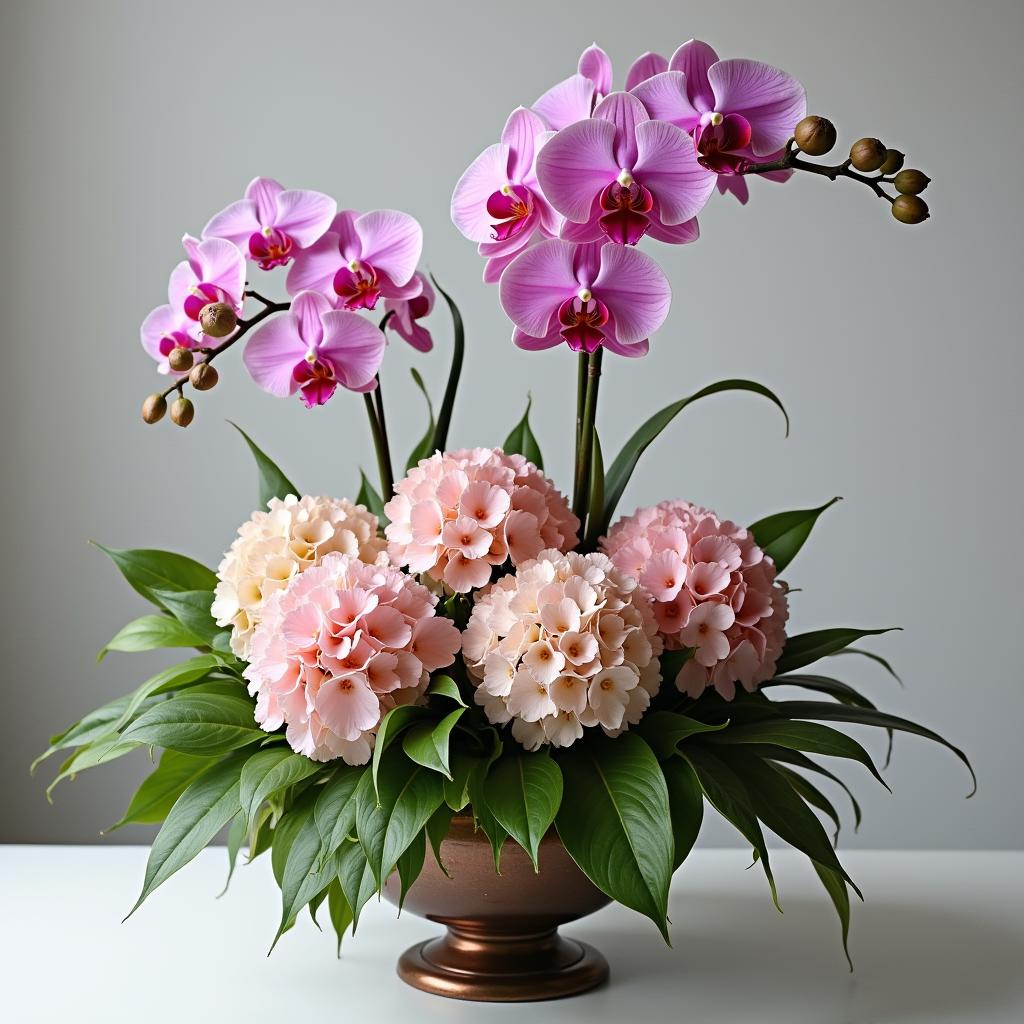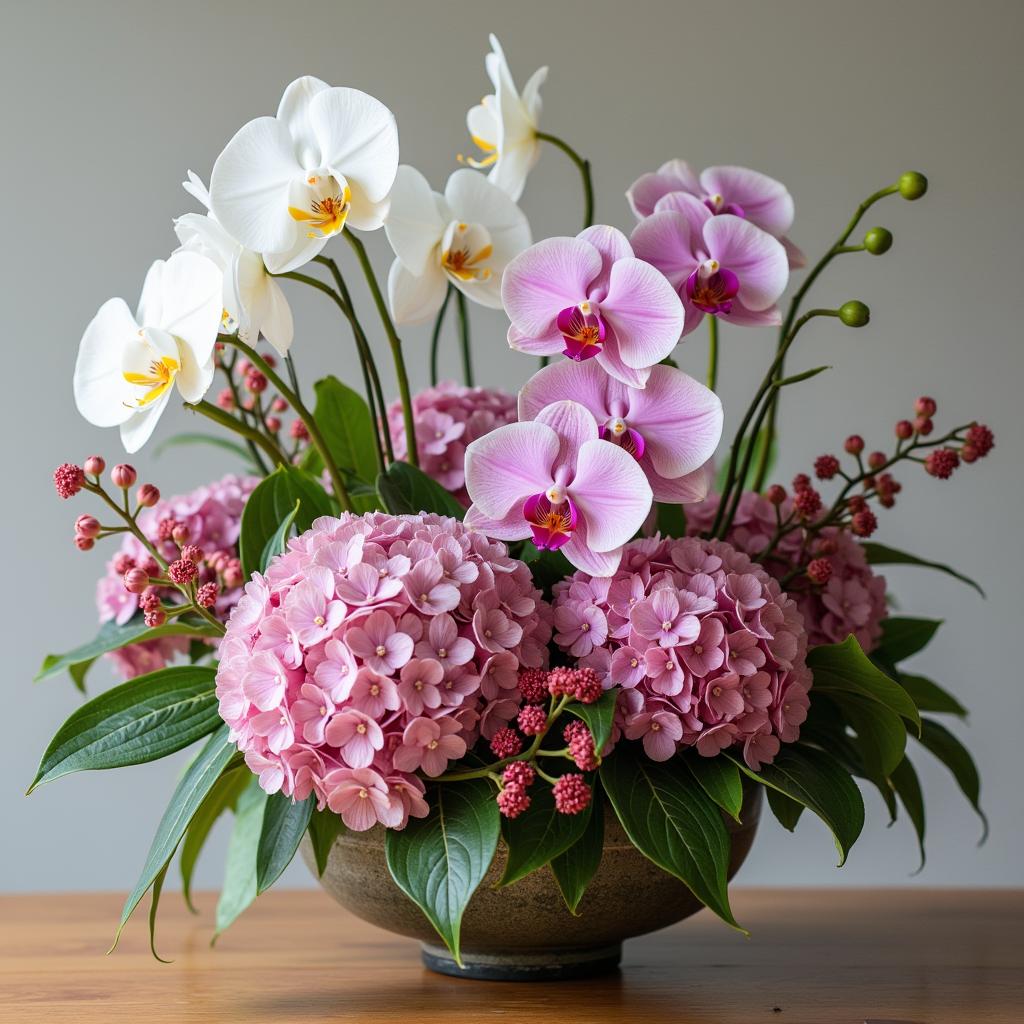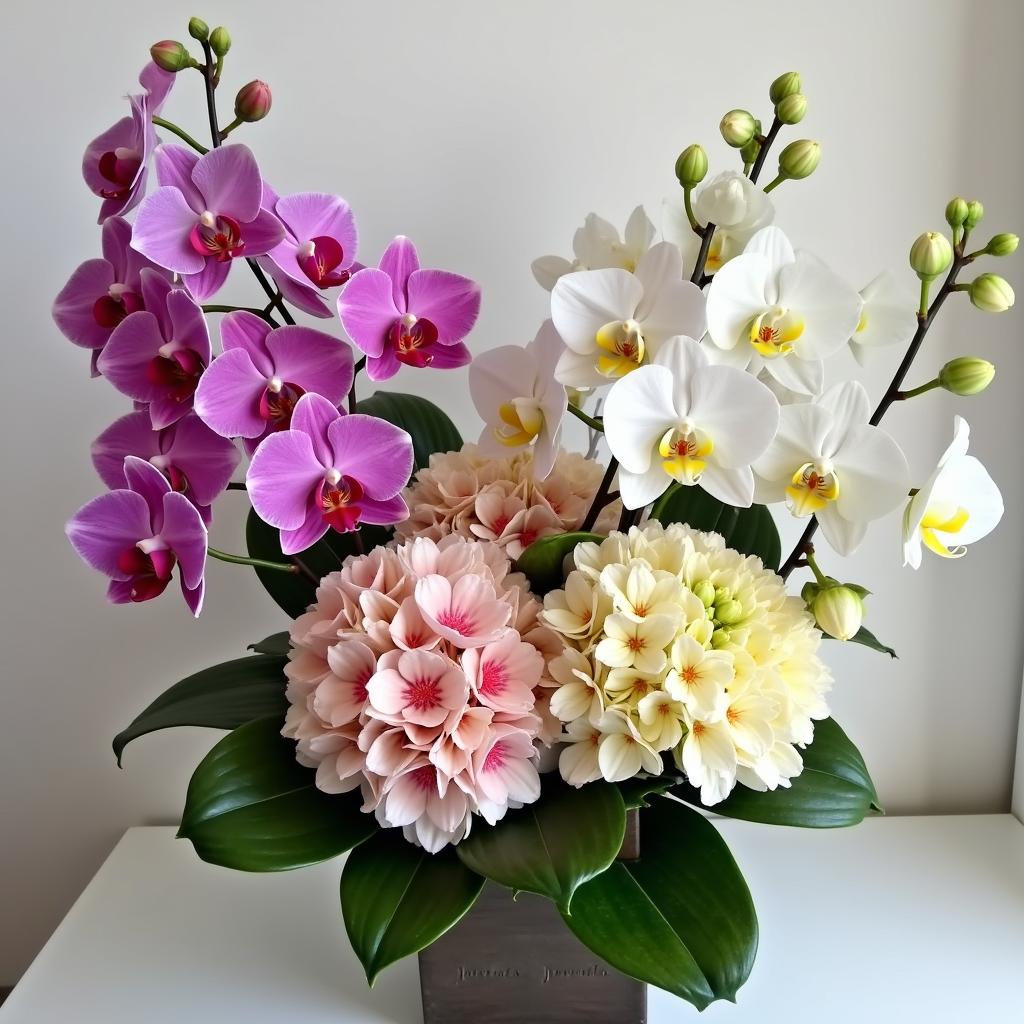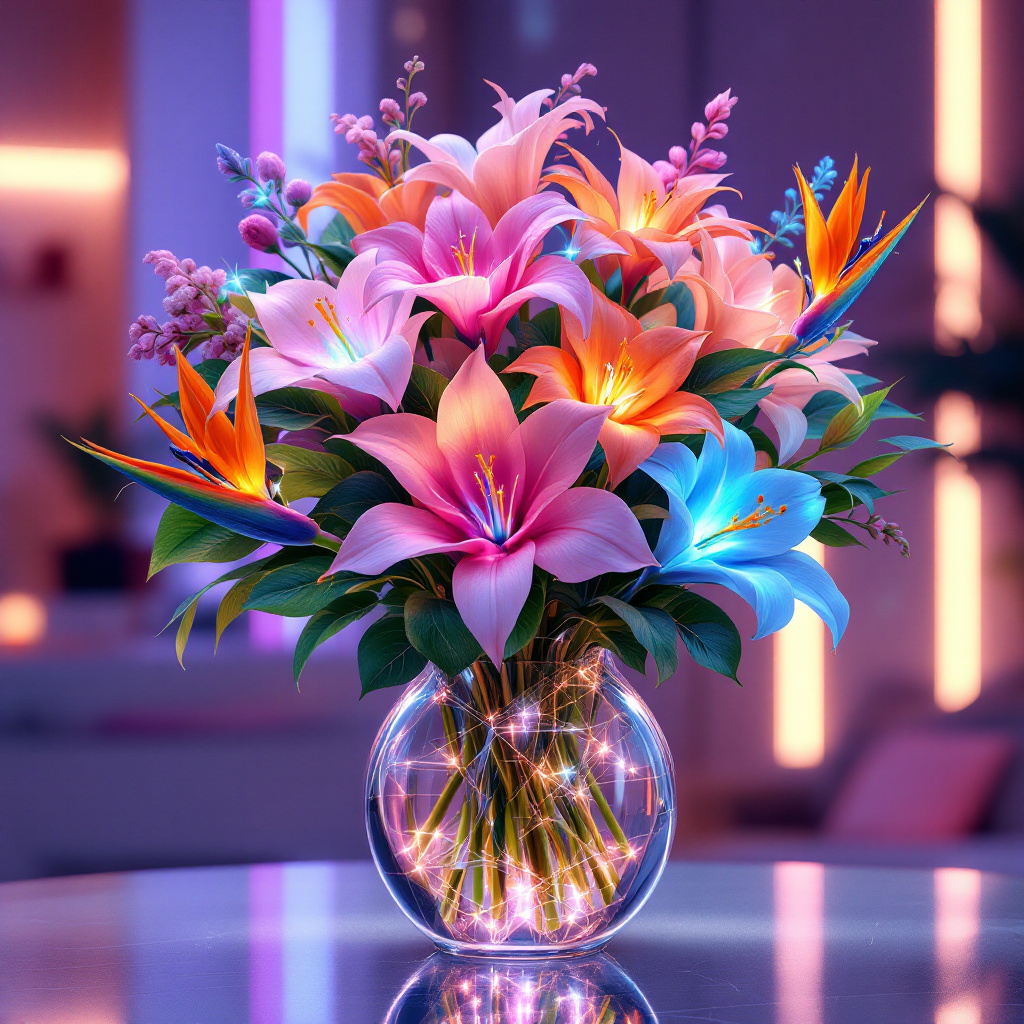
Floral arrangements have long been an integral part of celebrations and special occasions, offering a unique way to express emotions and enhance the ambiance of a gathering. The art of arranging flowers dates back centuries, symbolizing beauty, love, and festivity across various cultures. Flowers in Boca Raton are not simply decorative elements; they can evoke feelings, set moods, and even reflect the personality of the event. By selecting the right floral combinations, hosts can create an atmosphere that resonates with their theme or sentiment.
Among the diverse array of flowers available, orchids and hydrangeas have emerged as popular choices in floral design. Orchids are often celebrated for their exotic appearance and wide variety of colors, making them an elegant addition to any arrangement. They signify luxury and sophistication and can elevate even the simplest occasion into something truly remarkable. Similarly, hydrangeas are cherished for their voluminous blooms and distinct shapes, offering a lush fullness that complements many decor styles. Their soft hues add a warm and inviting touch, making them ideal for both intimate gatherings and grand celebrations.
The charm of incorporating flowers into holiday décor or special events lies not only in their aesthetic appeal but also in their versatility. When paired thoughtfully, orchids and hydrangeas can create stunning arrangements that reflect the season or significance of the occasion. However, choosing the right combination requires careful consideration of factors like color harmony, arrangement style, and the overall theme. As we delve deeper into the specific possibilities of orchid and hydrangea pairings, it becomes evident how these flowers can transform any setting into a breathtaking display of nature’s artistry.

Creating Your Orchid and Hydrangea Arrangement
Crafting an exquisite arrangement of orchids and hydrangeas requires thoughtful planning and the right materials. To begin, you will need a combination of fresh orchids, such as Phalaenopsis or Dendrobium, and hydrangeas, preferably in contrasting colors for a vibrant display. Choosing flowers that will provide visual interest is key. Alongside these blooms, gather floral foam, a sturdy base that helps retain moisture, and a suitable vase—a clear glass vessel works well to showcase the flowers.

Before assembling your arrangement, ensure that your floral foam is adequately soaked in water. This step is crucial, as it will keep your flowers hydrated and extend their longevity. Next, prepare your flowers by cutting the stems at an angle. This allows for better water absorption and helps flowers last longer. Remove any leaves from the lower stems to prevent them from rotting in the water.
Now, arrange the flowers in the designated vase, starting with the hydrangeas, which will provide a bulky foundation. Place them strategically, ensuring they are spaced evenly to create balance. Following the hydrangeas, introduce the orchids. Their delicate structure will contrast beautifully with the robust hydrangeas. Be mindful of the color combinations; for example, pairing white orchids with blue hydrangeas can give a refreshing look, whereas vibrant pink hydrangeas with purple orchids can create a more dramatic effect.
As you build your arrangement, step back and evaluate the overall appearance. Adjust the height and position of the flowers as necessary to achieve a harmonious balance. A well-crafted arrangement should have irregular heights and a mix of colors that catch the eye without overwhelming it. By carefully selecting materials and following these steps, you will create a stunning orchid and hydrangea arrangement that enhances any holiday or special occasion.
Styling Tips for Different Occasions
Orchid and hydrangea arrangements possess a versatile appeal that can enhance the aesthetic of any celebration or holiday. When styling these florals for specific occasions, one of the first considerations is the color palette. For instance, during Christmas, combining red hydrangeas with white orchids creates a festive, elegant display that captures the holiday spirit. Incorporating metallic elements, like gold or silver vases, can further accentuate the luxuriousness of the arrangement.

In contrast, for Easter celebrations, pastel shades are ideal. Soft pink or lavender hydrangeas paired with delicate white orchids provide a refreshing spring vibe. Utilizing ceramic or wicker baskets can evoke a sense of rustic charm, complementing the theme of renewal associated with the holiday. Adding accent elements such as pastel-painted eggs or small decorative bunnies can create a themed display that delights guests.
Weddings present another opportunity to creatively utilize orchid and hydrangea arrangements. Considering the wedding’s color scheme is crucial, as these flowers can easily be adapted to suit various styles. For a romantic setting, deep purple orchids and lush white hydrangeas can be arranged in tall, slender vases, drawing the eye upward and creating a sense of intimacy. Including greenery like ferns or eucalyptus can add texture, giving the arrangement a more organic feel.
Additionally, integrating decorative elements such as candles can enhance the atmosphere. For instance, placing votives around the floral arrangements can cast a warm glow that elevates the overall presentation. Ultimately, whether for casual gatherings or formal events, tailoring the arrangement to align with the occasion’s theme through thoughtful color choices and complementary decor can significantly enhance the visual impact of orchid and hydrangea displays.
Caring for Your Orchid and Hydrangea Arrangements
To preserve the beauty of your orchid and hydrangea arrangements, proper care and maintenance are essential. Both orchids and hydrangeas have specific needs that, when met, can extend the life of your floral displays significantly. One key aspect of care is ensuring adequate watering. Orchids typically thrive in a well-draining medium and require watering approximately once a week, depending on humidity levels. Hydrangeas, conversely, prefer consistently moist soil. A thorough soaking of the soil is necessary, but be cautious of overwatering, as this can lead to root rot.
Light exposure is another crucial factor in the longevity of your arrangements. Orchids generally prefer bright, indirect sunlight. Direct sunlight can cause their delicate blooms to scorch. Hydrangeas can tolerate partial shade, making them versatile for various settings. Position your arrangements where they will receive sufficient light without being exposed to harsh, direct rays. Regularly rotating your arrangements can also help ensure even light distribution to all flowers.

Maintaining freshness involves promptly removing wilted flowers and foliage. This not only enhances the overall aesthetic of the arrangement but also encourages healthy growth by preventing mold or decay. For orchids, snipping away any dead blooms at the base will promote new growth. In the case of hydrangeas, cutting away wilted flowers will rejuvenate the arrangement’s appearance. After the event, consider repurposing the flowers; refreshing them in a new vase or utilizing them in DIY projects can extend their enjoyment.
Following these care tips, along with attention to specific needs throughout the life cycle of your orchid and hydrangea arrangements, will ensure they continue to captivate and charm. By being mindful of their watering, light exposure, and maintenance, you can maximize the beauty and longevity of these stunning creations.

